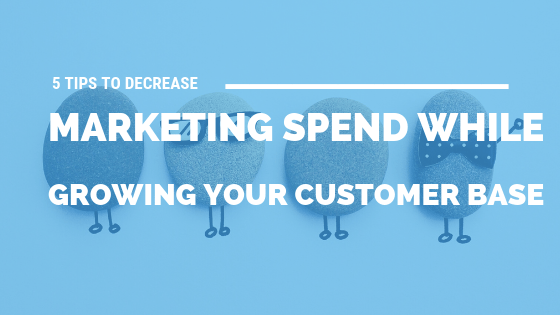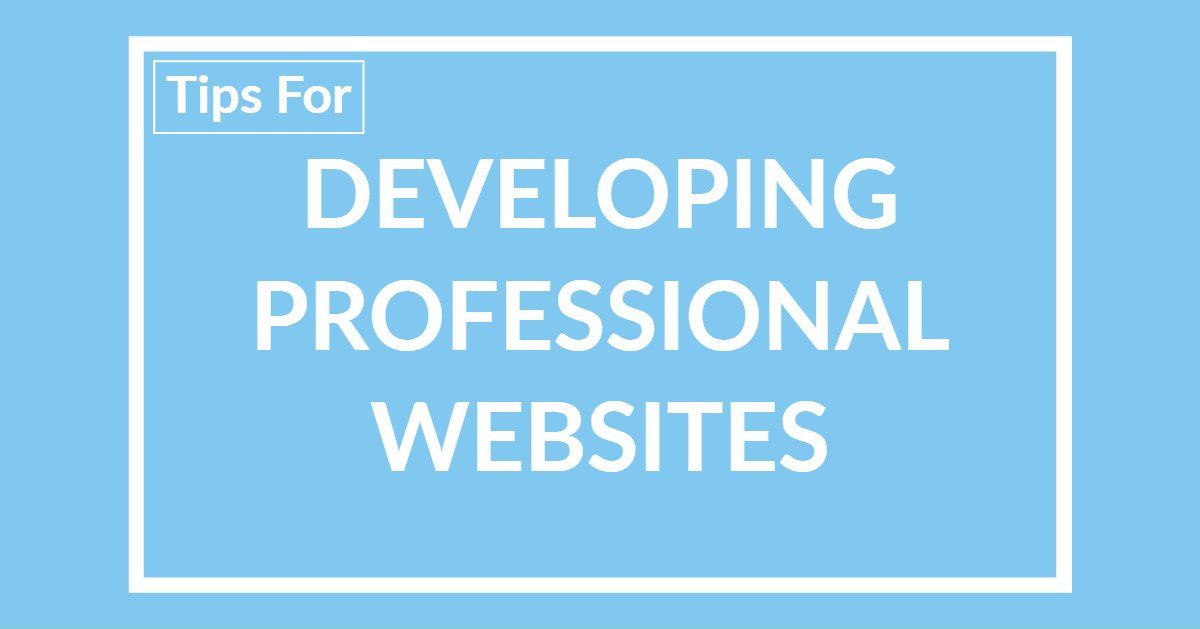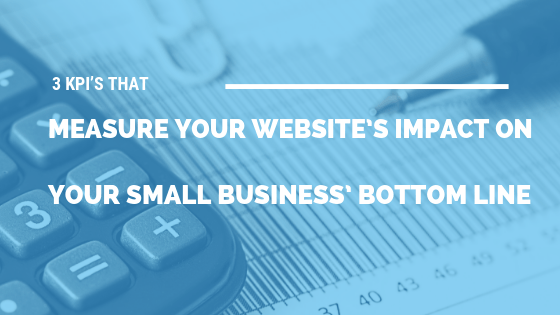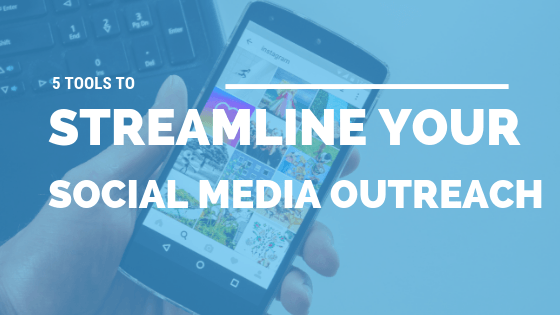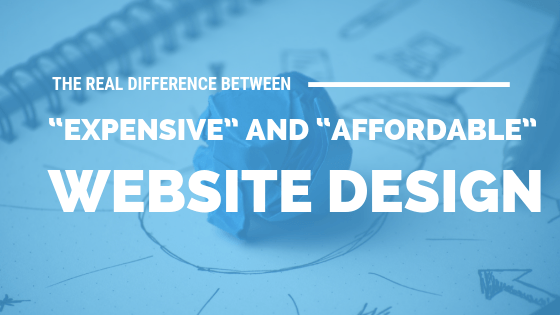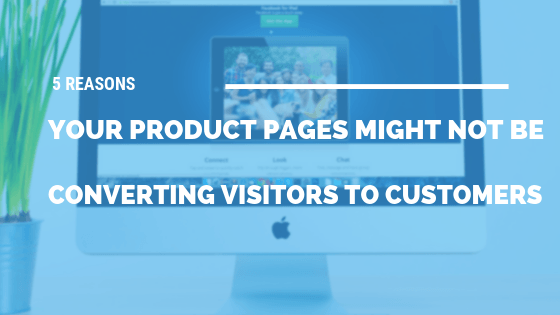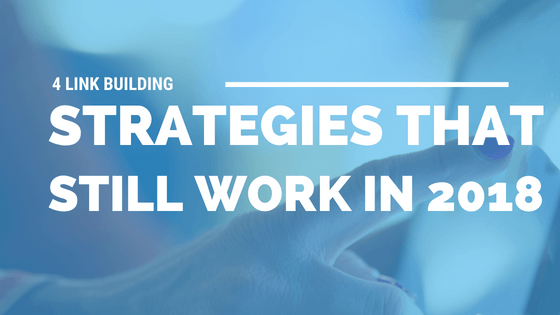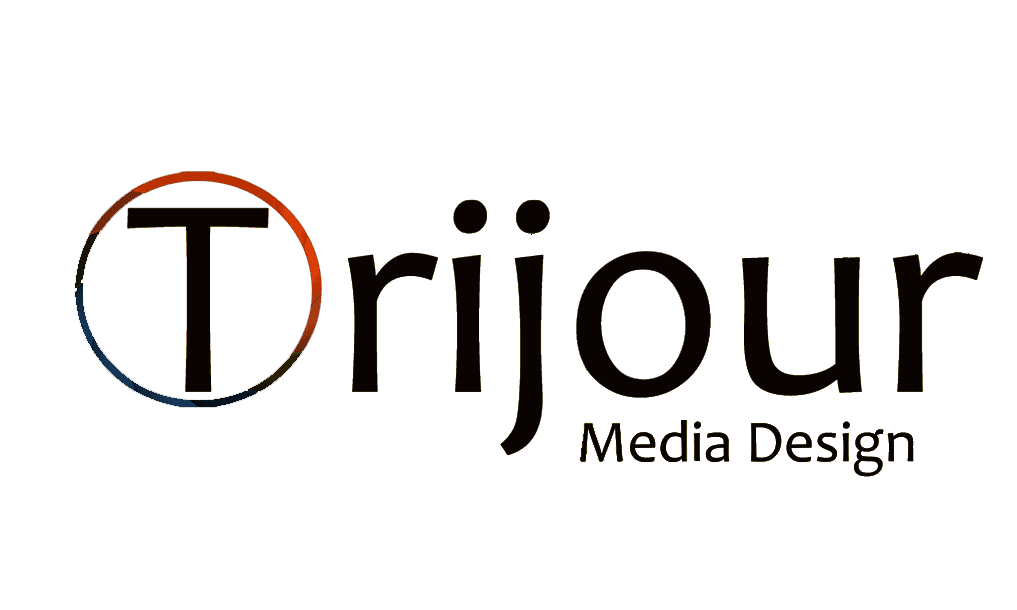3 KPI’s That Measure Your Website’s Impact on Your Small Business’ Bottom Line
A good website has become a key element of a successful
business. In many cases, a website can make or break a business, fueling
profits and building customer relationships if it’s executed well, discouraging
potential clients and wasting money if it’s run poorly. As a small business
owner, you’ve probably put a great deal of thought, money, and labor into
developing your website’s look and feel, building content to fill it out, and
strategizing how the pages link together to encourage visitors to convert to
customers. Putting thought into making a great website and drawing traffic
there is one thing, but you reach another level of awareness and achievement
when you start to explore KPI’s.
What Are KPI’s?
KPI is an initialism for key performance indicator. It’s a measurable quantity that you can use to see if your company, or in this case, your website, is achieving the goals that you want it to. While high-level KPI’s evaluate major factors like revenue and customer retention, smaller ones focus on the individual processes at play to achieve the larger goal at hand. With a website, it’s generally pretty easy to access KPI’s, since the site accumulates all sorts of data automatically. But knowing which KPI’s to look at is another thing entirely. Here are three of the most important KPI’s to let you know if your website is performing the way you want it to, and helping boost your revenue.
1. Traffic Source
Knowing where your visitors are coming from can tell you whether your marketing efforts are successful, or if your marketing spend is going to waste. If your advertising isn’t attracting people to your site, it’s not impacting your bottom line, and that’s a good sign that you should overhaul it or do away with it entirely. Traffic can be organic, meaning generated by searches for relevant keywords. If this is your biggest source, you’re probably doing a good job with SEO, but you should look closer at the keywords that are attracting the most users. Are they things that a motivated consumer, interested in your product, would type in? If not, your SEO strategy needs work—people that stumble on to your site by mistake aren’t likely to contribute to your profits. Referral traffic comes from other sites, while direct traffic comes from people typing in your exact URL. Traffic from email marketing, paid traffic, and social media are of more interest. If they aren’t among your highest sources of traffic, you need to take another look at how you use email, PPC ads, and social networks.
2. Conversion Rates
This is probably the biggest KPI to consider with a website, if you’re after concrete info on whether or not the site is helping your sales. Conversion rates measure how many visitors to your website are converted into customers (or subscribers or account holders, in some cases). A high conversion rate indicates that a substantial chunk of people who visit your site end up buying something, while a low one means lots of users check out your site and leave without making a purchase. If your conversion rates are low, you might want to redesign your site to push your product harder, including more prominent calls-to-action or streamlining navigation.
3. Average Order Size
This is another good indicator of how well your site is directing its visitors toward desirable actions. While selling a single product is surely something to be proud of, selling multiple products at the same time is better, and easily attainable. Once users have made up their minds that they’re going to buy one thing from your site, they’ve already passed a threshold of trust and commitment that means they’re far more likely to purchase additional products, given the opportunity. If your average order size is smaller than you’d like, you can work more on promoting bundles where buyers get a discount for buying more than one thing at a time, or add a section with “frequently bought together” items to your checkout.
One of the most interesting features of the web is that it presents near-endless possibilities for statistical analysis. Diving into KPI’s, including those above, is a great way of honing your strategy for growing your business and increasing your profits.
